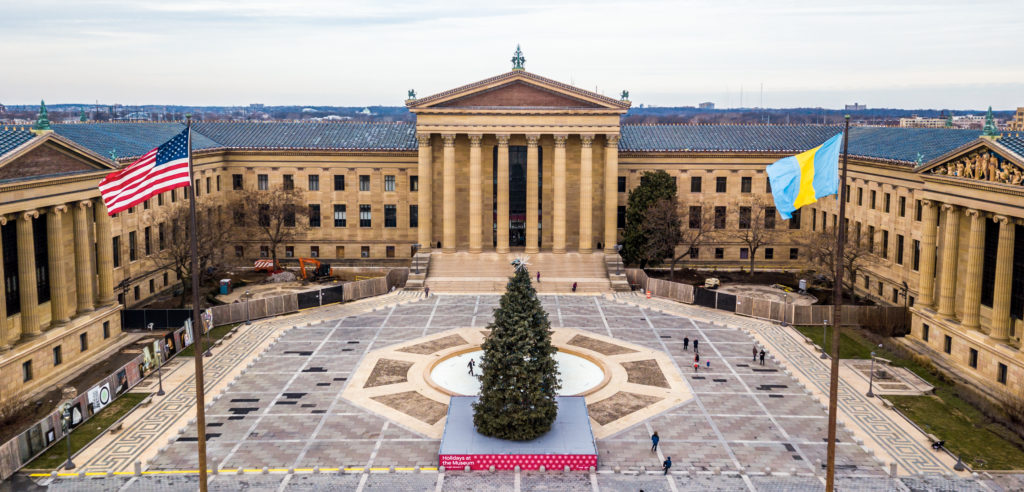Greed at the Museum

Everyone said in the 80s and 90s and 00s that public institutions should be run like a business. Now they are–with high priced leadership taking all the resources while cutting staff and making life worse for most of its workers. We see that at the university bigtime. It’s also the same at museums, where high-priced consultants are brought in every few years at institutions that often lack the resources/will to pay workers a living wage. Of course museums had to close like everything else during the pandemic. That meant they were eligible for federal aid. So are we surprised that they would take the federal aid and then still lay off workers? Ha ha ha, of course we are not surprised.
Some of the nation’s largest cultural institutions accepted more than $1.6 billion in federal help to weather the coronavirus pandemic, but continued to let go of workers – even though the assistance was meant to shore up payrolls and keep workers on the job, according to a report released by AFSCME Cultural Workers United.
Congress created the Payroll Protection Program (PPP) through the CARES Act in March 2020 and ended it in May of this year. The purpose of this taxpayer-funded loan program was to help recipients “maintain their payroll, hire back employees who may have been laid off, and cover applicable overhead,” according to the U.S. Treasury Department.
Thousands of museums, zoos and aquariums received $1.61 billion in forgivable loans through the PPP, according to the report, which analyzed federal data, the institutions’ audited financial statements and media accounts.
“Museums with large endowments and multimillion-dollar budgets grabbed more than $1 billion in taxpayer-funded loans and grants to fill their coffers and then tossed their workers to the curb,” the report says. “Most cultural institutions narrowly complied with the job protections required for loan forgiveness under the program, but the biggest recipients cut jobs or reduced the salaries of their lowest-paid workers at the first opportunity despite having ample resources to keep workers on the payroll.”
In one eye-opening finding, the report found that 228 of the nation’s biggest cultural institutions shared $771.4 million in PPP loans, but collectively cut 14,400 jobs during the pandemic.
Cultural workers who had formed unions were better protected against furloughs and layoffs, the report notes. On average, unionized workers experienced 28% fewer reductions than nonunion workers. Unionized institutions had smaller average workforce reductions when compared to nonunion institutions. And unionized workers enjoyed contractually guaranteed recall rights in the event of layoffs; health and safety committees to address COVID concerns; and could negotiate hazard pay.
Adam Rizzo, a museum educator at the Philadelphia Museum of Art, says management cut his department from 70 workers to about 20 after the pandemic began in March 2020.
“It is disappointing that an institution that has education at the heart of its mission … deemed education staff to be so expendable,” says Rizzo, a member of AFSCME District Council 47. “The furloughs and layoffs have made it abundantly clear what the institution’s true priorities are: buildings over people, exhibitions over education, and the status quo over meaningful progressive change.”
Sounds like modern capitalism to me! What is a Payroll Protection Program if not to steal more money from workers!


